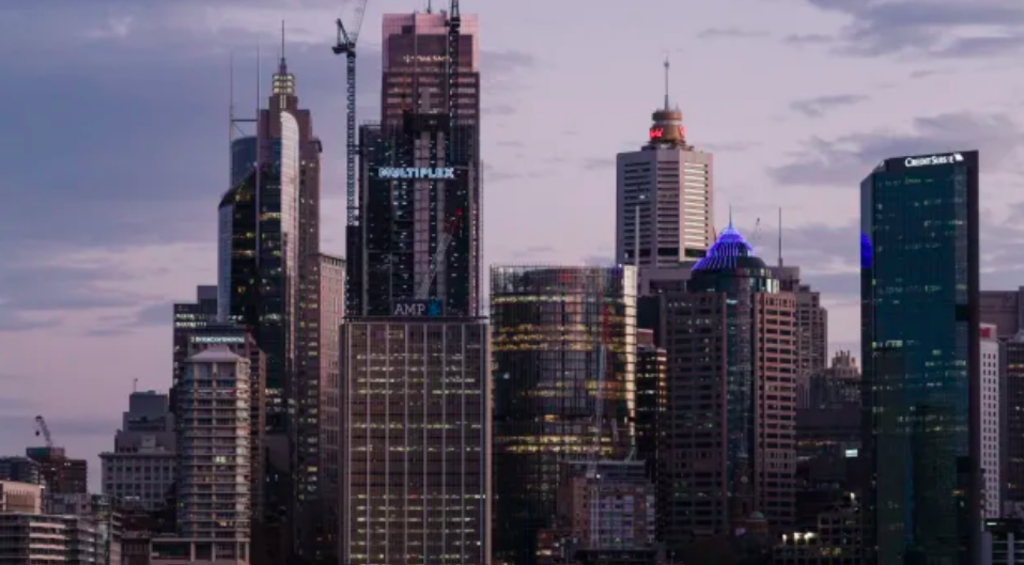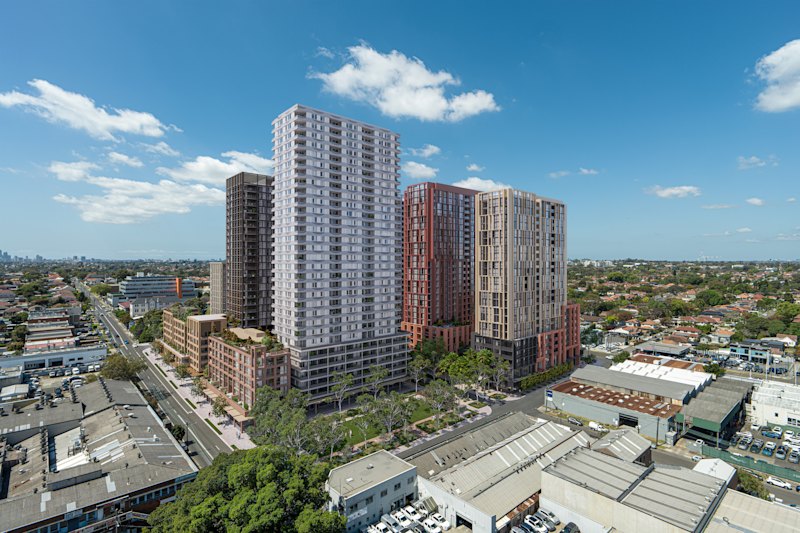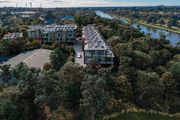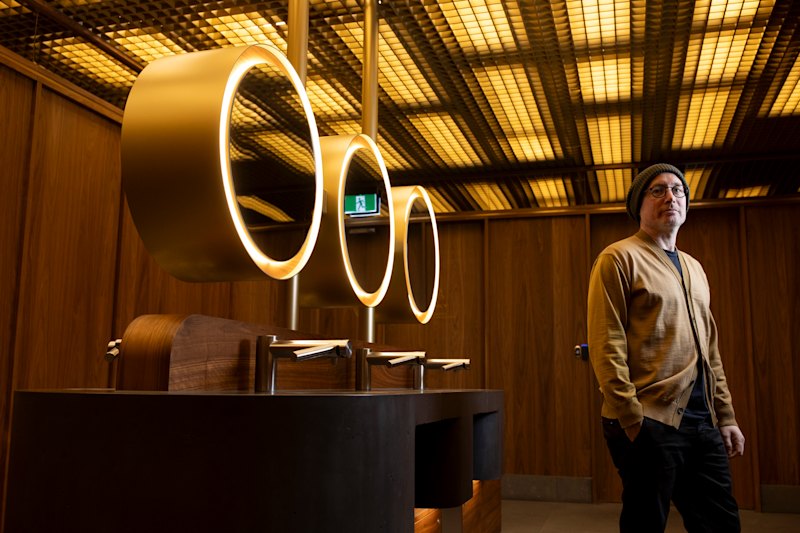
Foreign investment in commercial real estate soars
Combined investment in commercial and residential real estate by foreign buyers hit $87.8 billion last financial year, outstripping investment in all other industries such as services and manufacturing, electricity and gas, as offshore groups took advantage of a low Australian dollar and relatively high yields in the property market.
The latest figures from the Foreign Investment Review Board’s annual report showed the total amount of investments approved in the commercial real estate sector soared by $33.5 billion in the 2018-19 financial year from a year earlier, to $73 billion.
Investments were made through both direct property acquisitions as well as large scale portfolios and take-privates. Canada’s Oxford Properties Group’s long-running $3.4 billion battle to take over Investa Office Fund was one of the big-ticket deals.
The United States was the largest investor by country in Australian real estate for the second year in a row, followed by Canada, Singapore, Japan and China.
UBS head of real estate Tim Church said currency was a big driver in the increase in transactions in the 2019 financial year.
“A fall in the Australian dollar from its peak at US$1.10 in 2011 to current levels around the early 60¢ mark [has made] a material difference and a lot of investing funds utilise US dollars as a benchmark, so it makes [Australian real estate] more attractive,” Mr Church said.
Mr Church also pointed to the quality of Australia’s torrens title system that offers transparency around ownership as well as the relatively high yields on offer.
In the residential real estate sector, the value of approved foreign purchases hit $14.8 billion, increasing for the first time since the 2016 financial year, albeit well below the peak that year of $72.4 billion, which was driven by a surge in Chinese buyers.
Chinese investment down
Nevertheless, the number of proposed transactions fell by about 2500 over the year, highlighting a softening in foreign demand for Australia’s residential property with a tightening of domestic credit, increased restrictions on capital transfers in home countries and higher taxes and foreign resident stamp duty just some of the aggravating factors.
In the report, FIRB chair David Irvine said the reduction in proposed investment applications by value from China reflected an ongoing downward trend in Chinese investment since the 2016 financial year.
“This can be attributed to a range of factors such as China’s internal domestic policy settings, including increased scrutiny of outbound investment and stricter capital controls,” Mr Irvine said.
“The fall in Chinese investment reflects a broader trend which has seen a decline in outbound global Chinese investment since 2016.”
The executive chairman of Chinese property portal Juwai IQI, Georg Chmiel, said that while Chinese investment in residential property had been falling since 2016, buyer inquiry data showed a change in sentiment.
“In April, Chinese buyers made twice the number of inquiries on Australian real estate as in any other month so far this year and 50 per cent more than in any month in the second half of 2019,” Mr Chmiel said.
“Australia was already appealing as a safe country where your investments are protected. Now, the country seems to have managed the pandemic well.
“Marketers in China are already using Australia’s good performance to persuade parents of children who have been studying in the US and the UK to look at Australia instead.”











